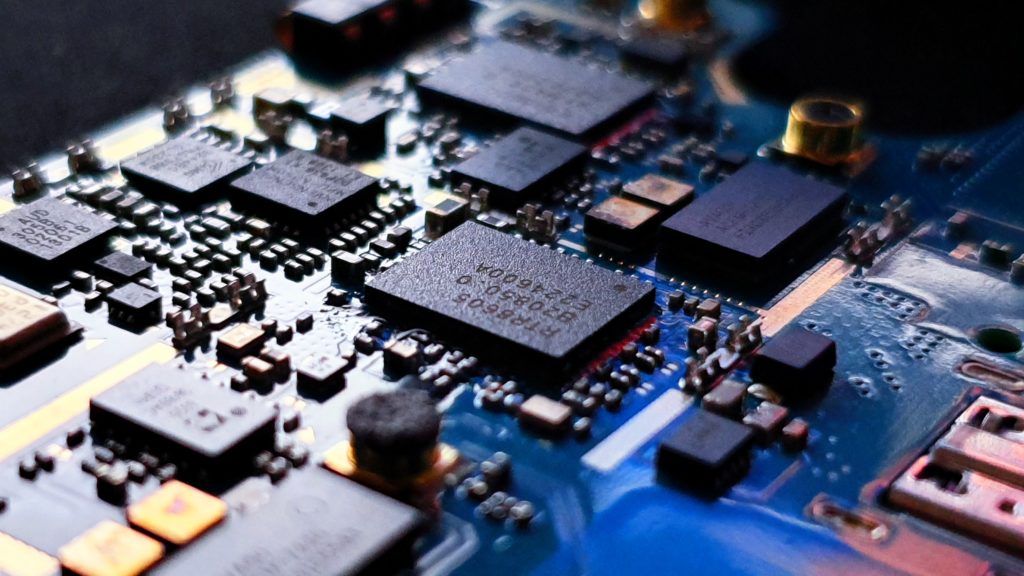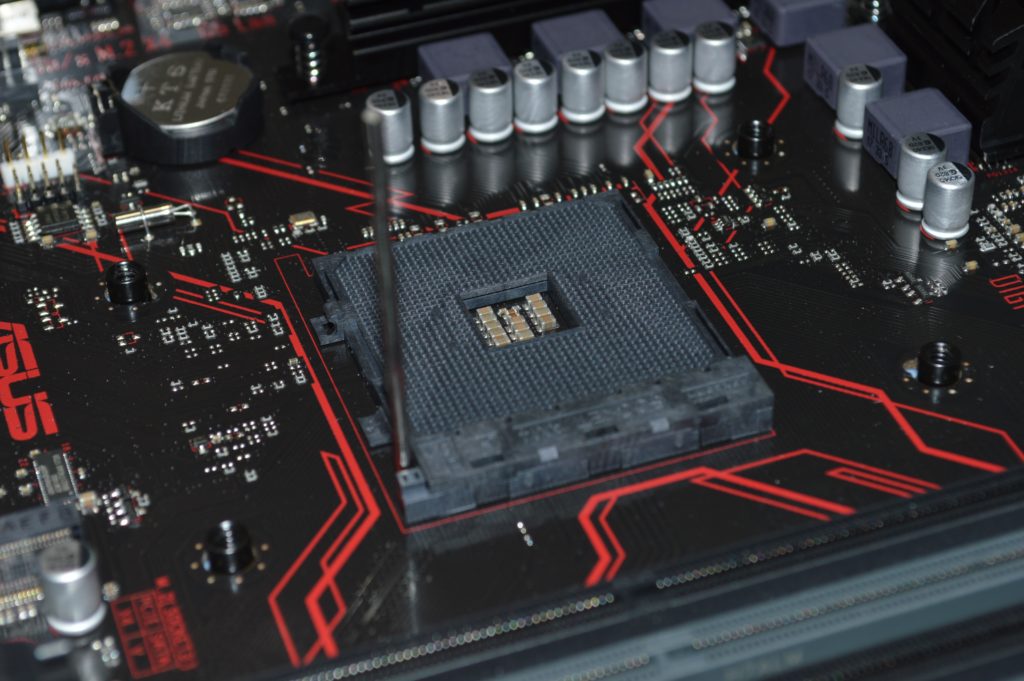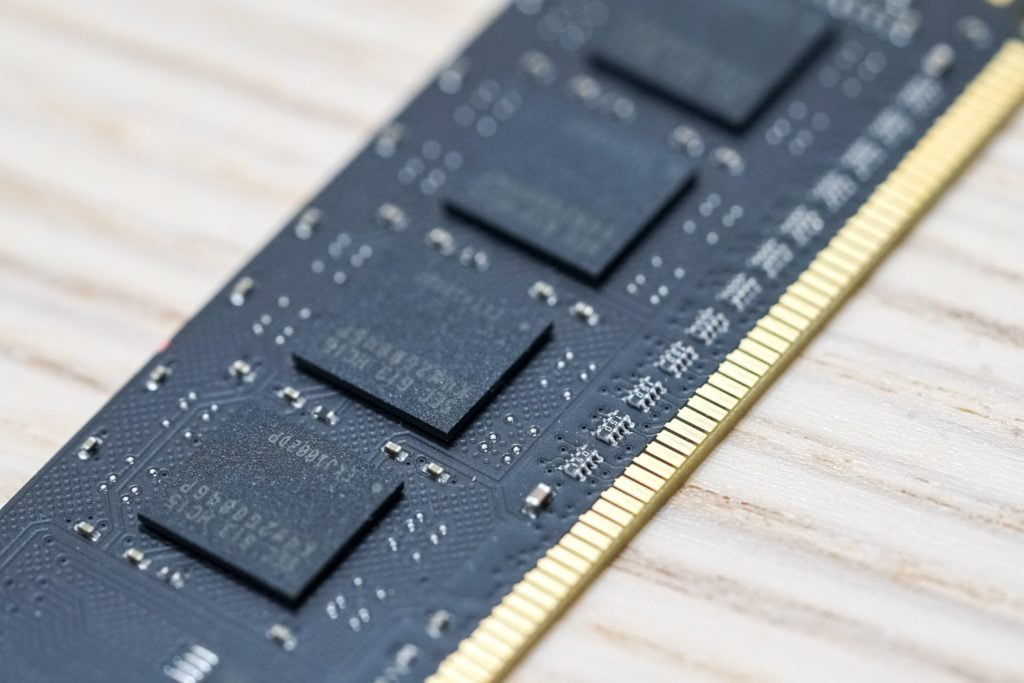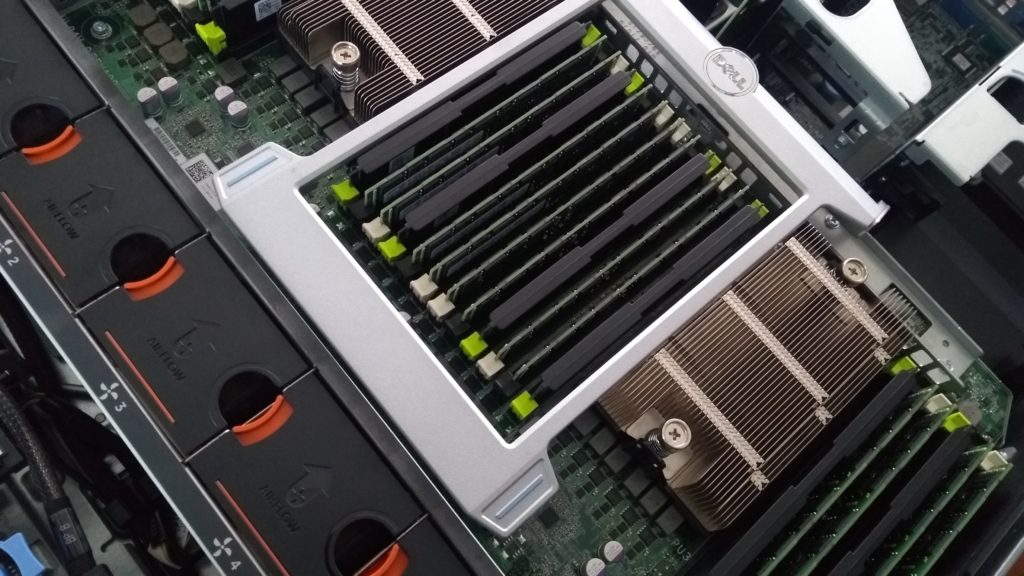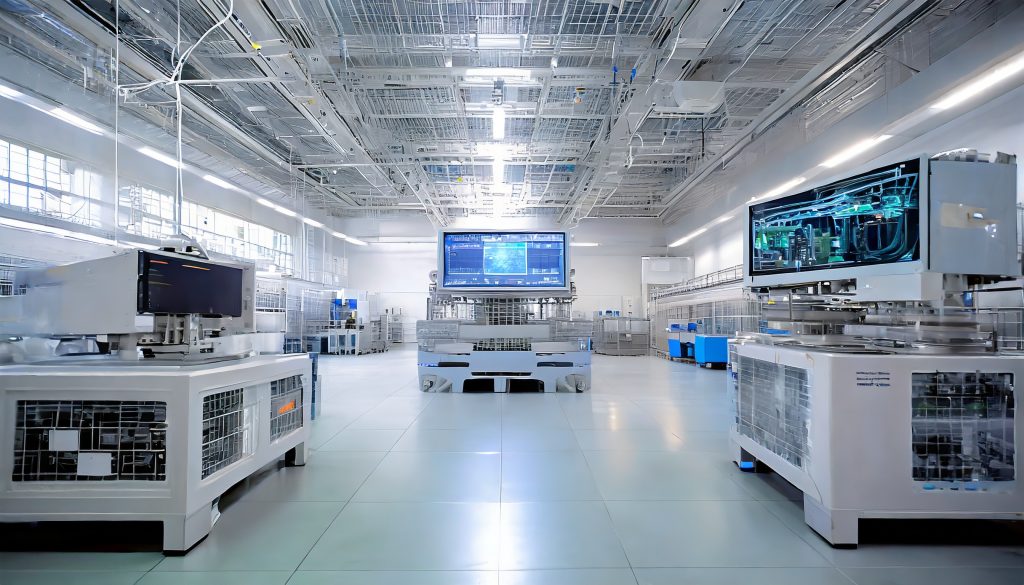Photo by Taylor Hammersla on Unsplash
Semiconductor capacity has been the most talked-about topic due to the semiconductor shortage. Companies and countries are upgrading or building semiconductor manufacturing to cater to ever-increasing demand. However, simply increasing the semiconductor capacity is not the answer and often comes with several techniques to business challenges.
The technical challenge involves deciding on the technology-node and package technology to focus on, which is not an easy decision and requires an end-to-end view of how the market will evolve and which technology will be crucial. Yield and throughput also play a role. On top of all this, the technology (lithography as an example) equipment required should work as expected. More so when the new capacity focuses on advanced semiconductor solutions.
Capacity: Building new semiconductor manufacturing capacity is not always the answer to capacity constraints. It can solve the problem in the short term. As a robust strategy, a more predictive, not reactive approach is suitable.
Planning: Near-accurate prediction of how the industry will evolve is required. It enables accurate planning of how and when to build new capacity apart from when to upgrade the existing one.
From the business perspective, the challenge is justifying the capital expenditure against the return on investment. In semiconductor manufacturing, 100% utilization is key to achieving a faster break-even point, and at the same time, it is not always possible to achieve such throughput. It is where government incentives come into the picture and act as a catalyst to drive the positive margin gain year on year.
Even after overcoming the technical and business challenges, there is always the risk of building new capacity, which is driven by how the market demand evolves in years to come and how it will impact the manufacturing business in the long term.

Historically, the semiconductor business has always followed a cyclic nature, whereby the supply and demand are adjusted. This adjustment then triggers a round of discussion on expanding manufacturing capacity. By the time capacity comes up, the market demand may go down, and this can cause lower than expected orders for specific semiconductor silicon, which can derail the ROI plans of the given semiconductor manufacturing facility.
Tackling such unknown scenarios is not straightforward. Thus, it is vital to have a full-proof risk mitigation plan. An ideal risk mitigation plan focuses on what-if scenarios and adapts to how the market changes. The manufacturing facility adapts to the requirement while maintaining the path towards break-even. It can demand continuous capital and is a must-have to run a successful semiconductor manufacturing facility.
Risk: Expanding capacity without planning is a risk-driven approach. There needs to be a risk management strategy to mitigate any unknown event that can impact the planning of capacity building or upgrading.
Mitigation: Mitigation strategy for capital-intensive semiconductor manufacturing is a big challenge. An adaptive approach that focuses on the market scenarios is a must-have.
On paper, such planning is good but equally hard to implement. The reason is the inability to adapt semiconductor manufacturing planning without adding the time factor, which is needed to change the future course of any production facility.
As new semiconductor FABs and OSATs come up, the question industry should ask is whether it is preparing itself for an over-capacity scenario and what is the mitigation plan when the market swings.




